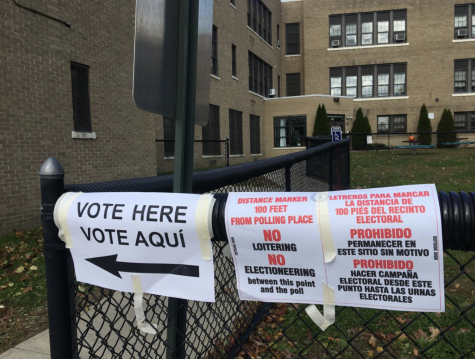Copenhagen’s Sensor Technology: Reinventing the Modern City

nytimes.com
January 22, 2015
COPENHAGEN, DENMARK- The capital of Denmark is a hub of urban innovation. Leading the way in technology integration into cities, it is expected to be the first carbon-neutral capital in the world by 2025, and is also one of the testing grounds for new sensor technology.
Copenhagen officials have installed all different types of motion sensors and wireless networks throughout the city which have different jobs that tremendously improve the lives of it’s citizens. Strings of green lights known as the “Green Wave” follow bicycle paths and flash when upcoming street lights change, allowing alerted cyclists to avoid red traffic lights and improving the safety of others. Main streets in Copenhagen have Street lights that are connected to smartphones which show when the next change of lights will occur. Drivers can then use this information to find the best route to take as they reach their destinations, improving conveniency. Also new lampposts which contain motion sensors and LED lights in suburbs brighten when cars are detected in the night then are dimmed when the cars have passed. This saves a tremendous amount of money and by saving energy. However these are just prototypes for a much bigger picture.
These networks will one day be able to do even more productive feats such as alerting the sanitation department when to empty trash receptacles and informing bikers of the quickest path to reach their destinations. However, although this network of wireless systems is still in early development, it can do many incredible things such as easing traffic, predicting where streets should be salted before it snows, and detecting abnormal activity on streets. This is possible because of the many array of sensors that are implanted in light fixtures which thus collects and feeds data into software.
The purpose of this new use of technology is to save money, reduce the use of fossil fuels, improve the life of people by increasing their mobility throughout the city, decrease the usage of energy, and to maintain an effective system which lasts for many years to come. Many cities have chosen to adopt similar “smart” technologies such as Greenville, North Carolina and Rio de Janiero in Brazil. More are expected to follow suit in the next few years. Ultimately, the goal is to establish a greener, more efficient, “smart” global community.












